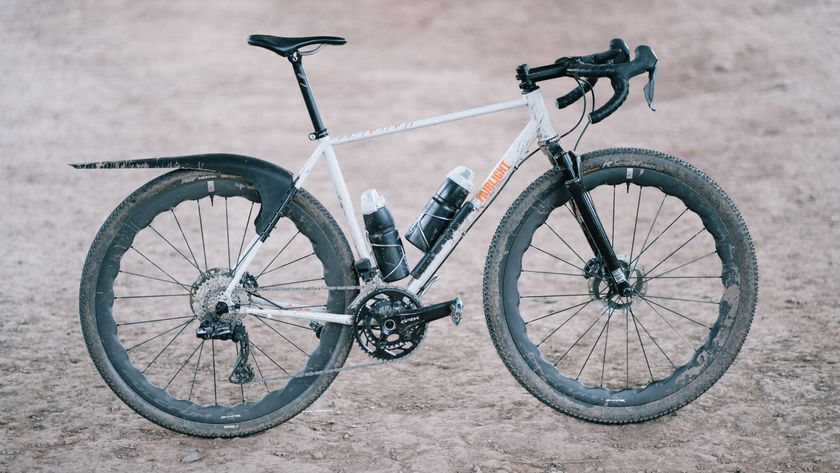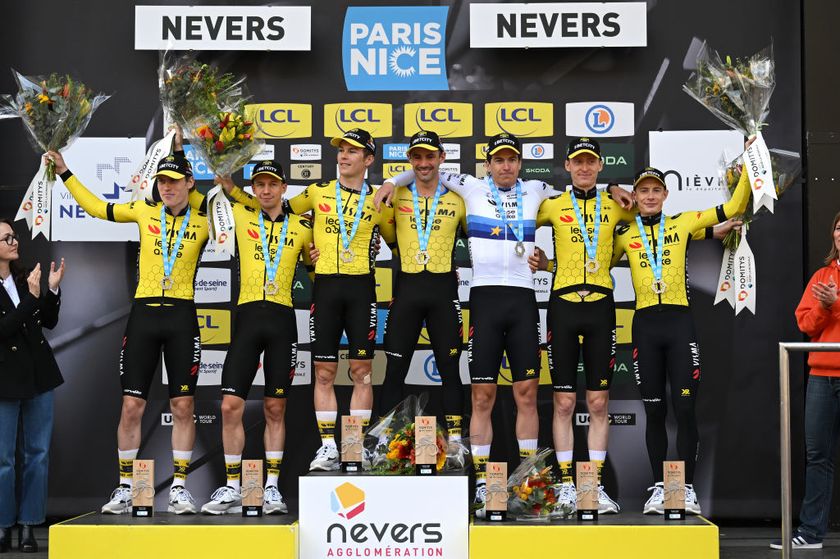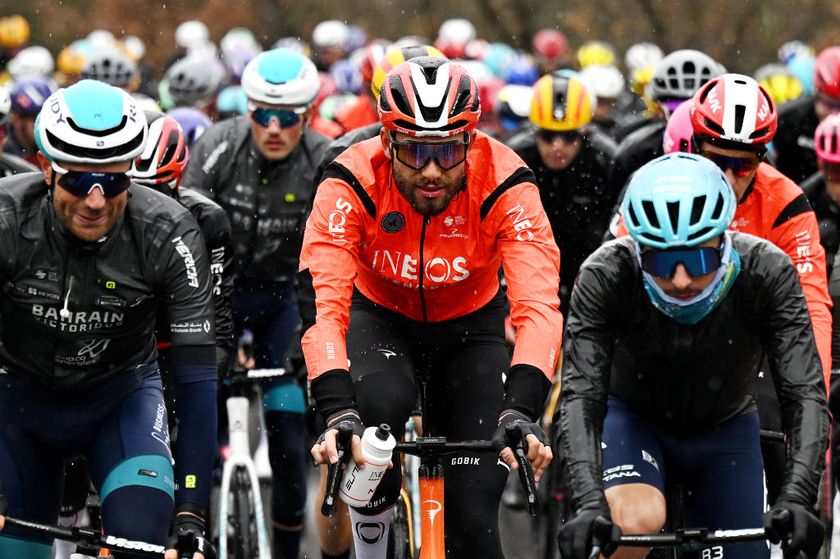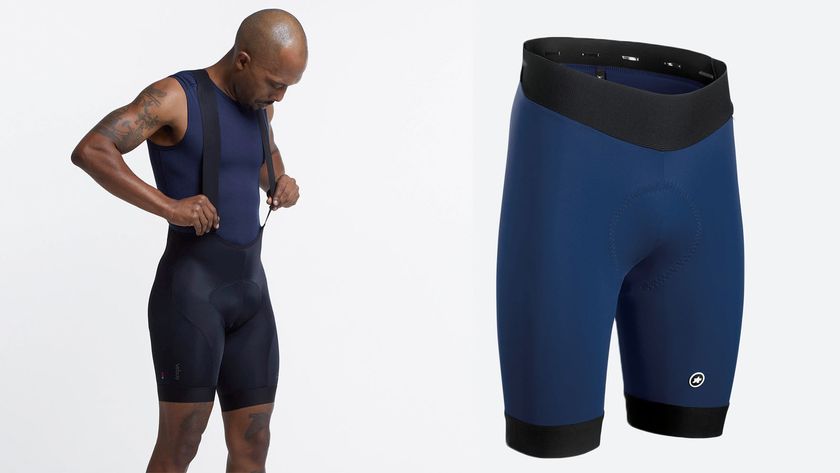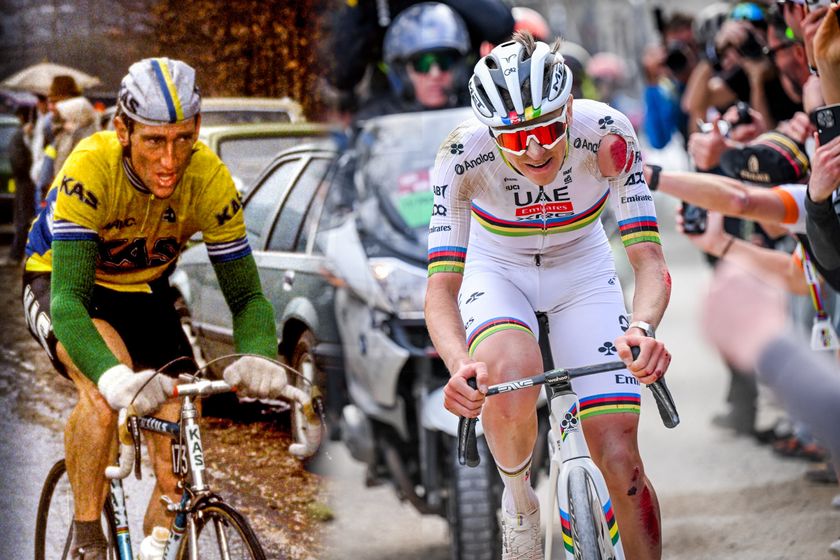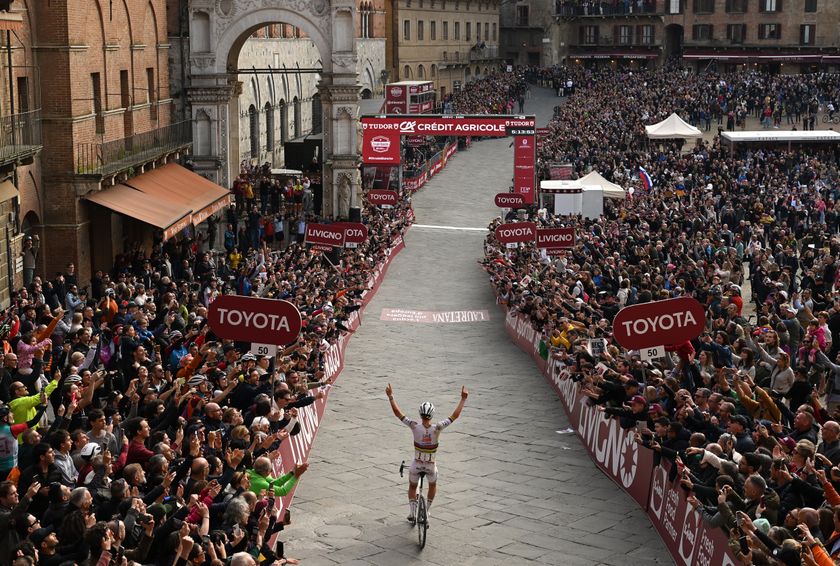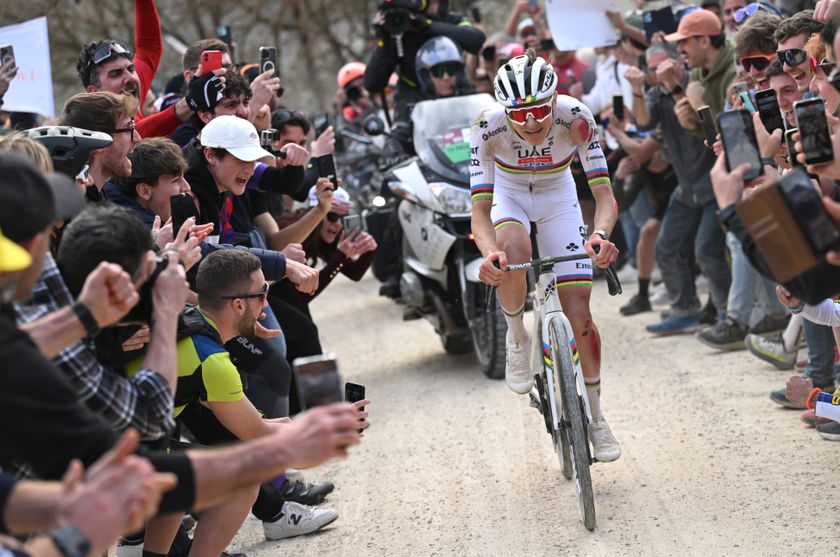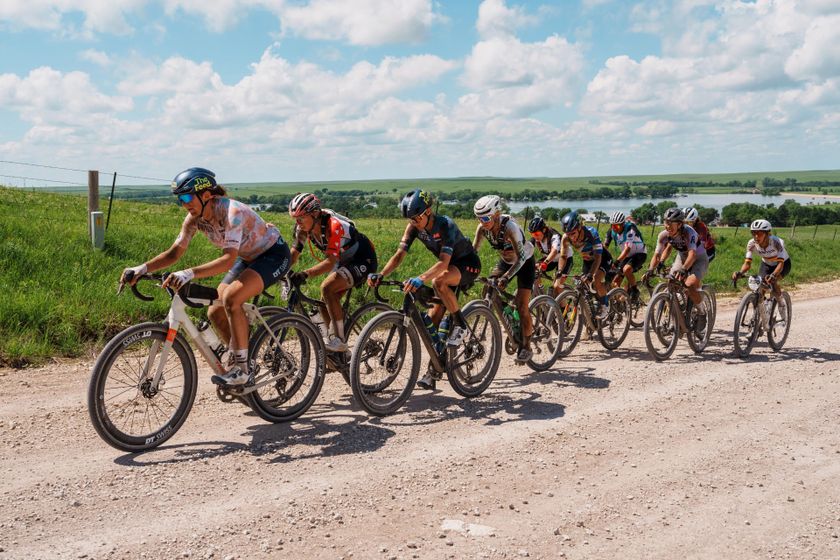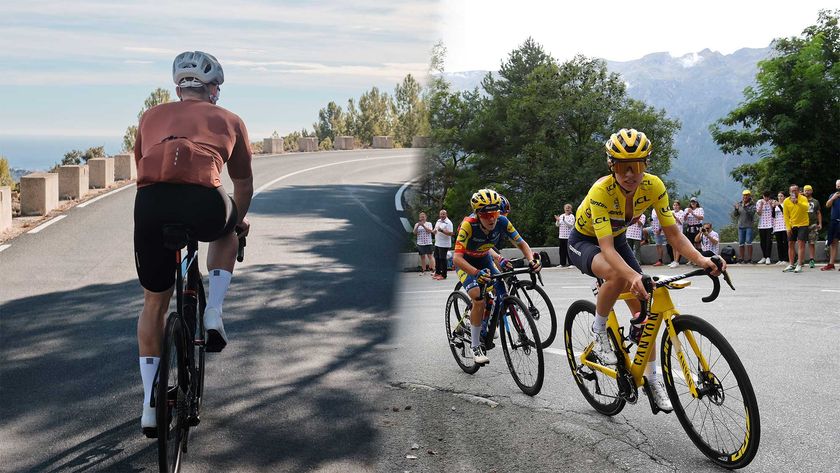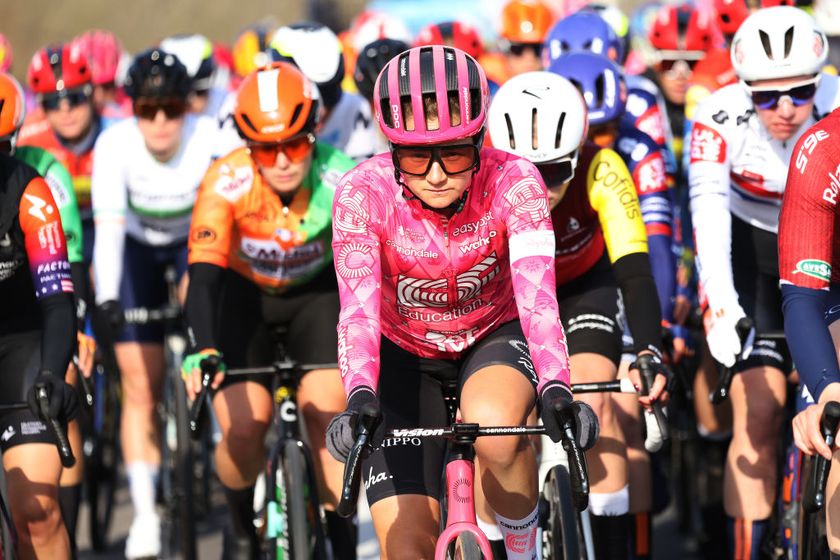Abridged classic: Giro d'Italia enters mountains on road from Cuneo to Pinerolo
Montoso brings race above 1,000 metres for first time this year





The greatest stage in Giro d'Italia history was an event more imagined than witnessed; such were the ways cycling was digested in 1949. The mammoth stage from Cuneo to Pinerolo was not broadcast live on television but was instead immortalised in Mario Ferretti's radio commentary and Dino Buzzati's newspaper account.
As the stage drew to a close, Ferretti gravely told listeners that there was un uomo solo al comando – one man alone in front – and that his jersey was celeste, and that his name was Fausto Coppi. The following day in Il Corriere della Sera, Buzzati wrote of how watching a vanquished Gino Bartali struggle on the Col d'Izoard put him in mind of Hector being slain by Achilles.
"Is the comparison too solemn and glorious?" Buzzati asked, before deciding that the gods made their own importance. "But what purpose would our so-called classical studies serve if the fragments that stayed with us didn't form a part of our own small lives?"
Coppi's impresa on the 1949 Giro is perhaps his most storied and almost certainly his most significant. His 192km solo raid on the road from Cuneo to Pinerolo not only saw him dispossess Adolfo Leoni of the maglia rosa, it also marked the moment the torch passed definitively from Bartali to him.
The 254km leg was punctuated by five mountain passes, and Coppi led over them all, starting with the Colle della Maddalena, and then proceeding by way of the Col de Vars, the Col d'Izoard, Montgenevre and Sestriere. Come the finish in Pinerolo, after over nine hours on the bike, he had a lead of almost 12 minutes on Bartali, and a 23-minute buffer in the overall standings.
The Giro had never seen a feat like it and, ever since, the Cuneo – Pinerolo stage has come to be the outsized yardstick by which all future tapponi were measured. The severity of the stage was such that the Giro has only once replicated it in full, in 1964, when Franco Bitossi took the honours.
A heavy-duty version of the Cuneo – Pinerolo stage was originally included on the route of the centenary Giro in 2009, but the risk of landslides and administrative difficulties saw the Maddalena, Vars and Izoard excised from the course as the race was forced to avoid crossing into France.
Get The Leadout Newsletter
The latest race content, interviews, features, reviews and expert buying guides, direct to your inbox!
Ten years on, RCS Sport have again included a Cuneo – Pinerolo stage on the Giro route to mark the 70th anniversary of Coppi's solo raid and the 100th anniversary of his birth. This time around, however, there was never any question of the race attempting to replicate the precise route followed by Coppi and Bartali. Instead, the 158km route limits itself to just a single classified ascent: the category 1 haul up Montoso.
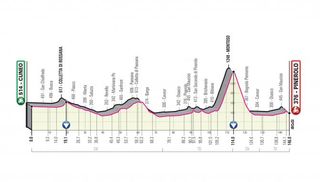
"Another very hard stage wasn't possible on the Giro because we already have tough stages at the weekend and again next week, so the route would have been too heavy," Giro director Mauro Vegni told Cyclingnews.
There were practical reasons, too, for the decision not take on the mighty peaks scaled by Coppi. As the current uncertainty over the snow-banked Gavia's inclusion on stage 16 demonstrates, conducting a stage over multiple climbs in excess of 2,000 metres is a high-risk strategy in Italy in May.
"There was also the risk of running into bad weather at that altitude," Vegni said.
RCS Sport have chosen to commemorate Coppi on consecutive days on this Giro, with a finish in his hometown of Novi Ligure on stage 10 prefiguring Thursday's stage from Cuneo to Pinerolo.
"We have evoked Cuneo – Pinerolo as a concept, even it's in a different way, and we think that's sufficient to celebrate Coppi," Vegni said. "Nobody wants to deny the history and tradition of this sport, but we also need to look forward, otherwise we'll be forever tied to the past, which is very complicated for the younger generation to understand."
Montoso
Thursday's stage sees the slow-burning 2019 Giro enter the mountains for the first time, with the Montoso serving as a prelude to the demanding days in the high Alps that follow. The early part of the stage brings the gruppo through the rolling hills of the Langhe, but the terrain grows rather more testing as the riders pass through Pinerolo for the first time after 90km.
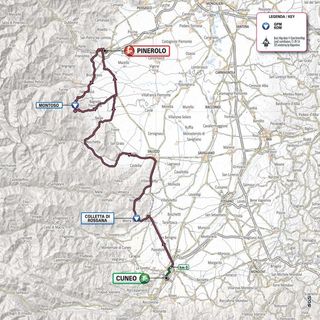
The climb to Montoso marks the first occasion that the 2019 Giro climbs above 1,000 metres in altitude. The ascent is 8.8km in length with an average gradient of 9.5%, and a maximum slope of 14%. Its summit comes 32km from the finish, but there is an interesting sting in the tail in the form of the short but brutally steep climb to San Maurizio. The 550m-long muro pitches up to 20% and comes with just over 2km to go.
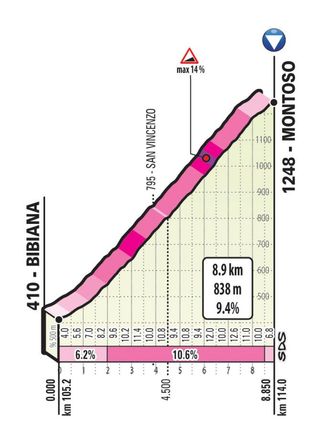
Valerio Conti (UAE Team Emirates) will hope to defend his maglia rosa, but Primoz Roglic (Jumbo-Visma), who lies second overall at 1:50, sits ready to inherit the jersey if the Italian falls short. The stage could be a test of sorts, too, for Roglic's Jumbo-Visma team, although it remains to be seen if men like Vincenzo Nibali (Bahrain-Merida) and Simon Yates (Mitchelton-Scott) test the waters here given the demanding legs that come on the three following days.
"The Montoso is a new climb and it's a hard one, so we don't think the Pinerolo stage is going to be one for the sprinters," Vegni explained. "It's a stage where riders who want to make something happen have a chance to do so. It's a day where the breakaway has a real chance. It's for passisti, not for sprinters."
One wonders if the 'classic' Cuneo – Pinerolo stage – by way of the Maddalena, Vars, Izoard, Montgenevre and Sestriere – could ever feature in the modern Giro.
"Never say never," Vegni said. "But I'm convinced that everything in a Giro must be harmonious with its overall design. If tomorrow there was a chance to have the stage, why not? But there are some of the usual problems, including the altitude of the climbs. We're already seeing the risk with the Gavia, so this would be a very, very complicated stage to put together."

Barry Ryan was Head of Features at Cyclingnews. He has covered professional cycling since 2010, reporting from the Tour de France, Giro d’Italia and events from Argentina to Japan. His writing has appeared in The Independent, Procycling and Cycling Plus. He is the author of The Ascent: Sean Kelly, Stephen Roche and the Rise of Irish Cycling’s Golden Generation, published by Gill Books.
